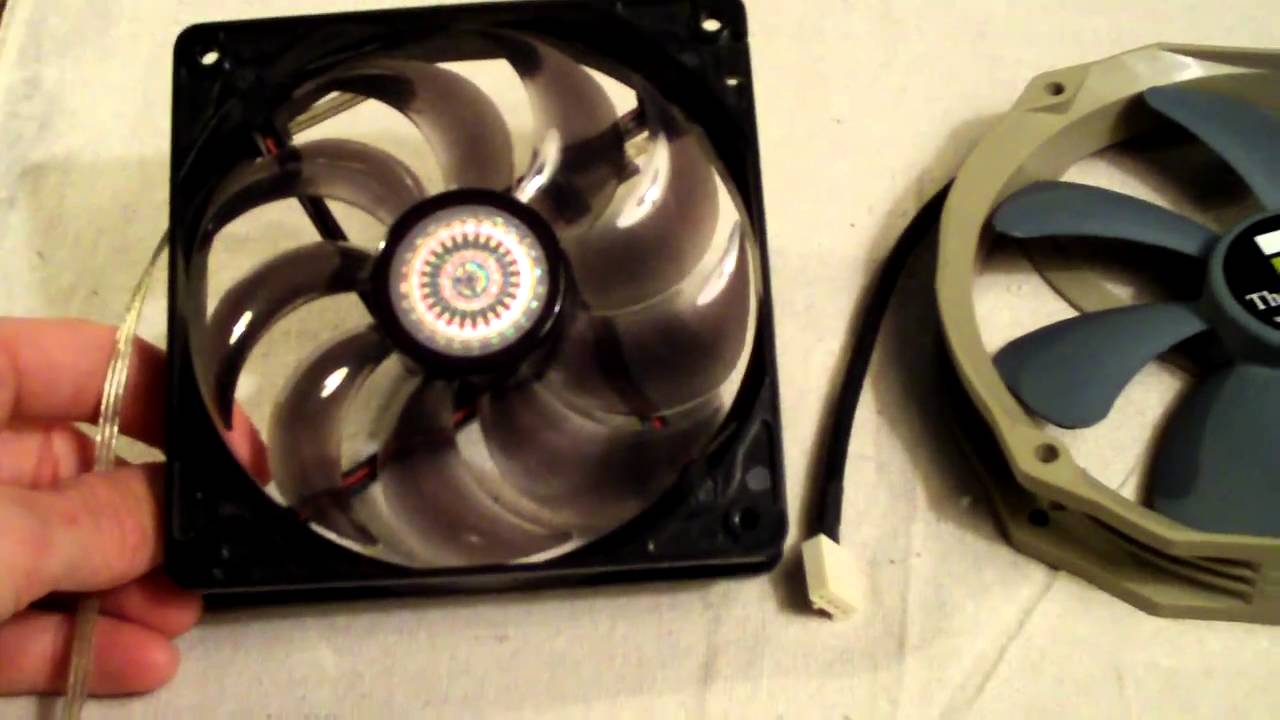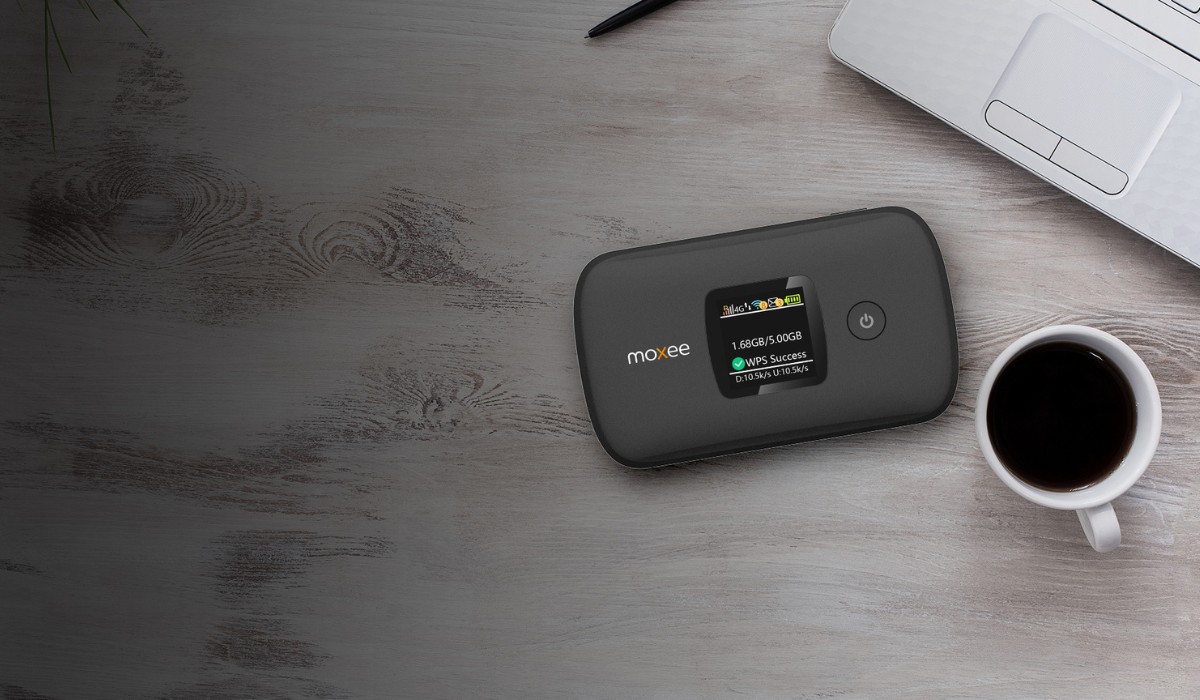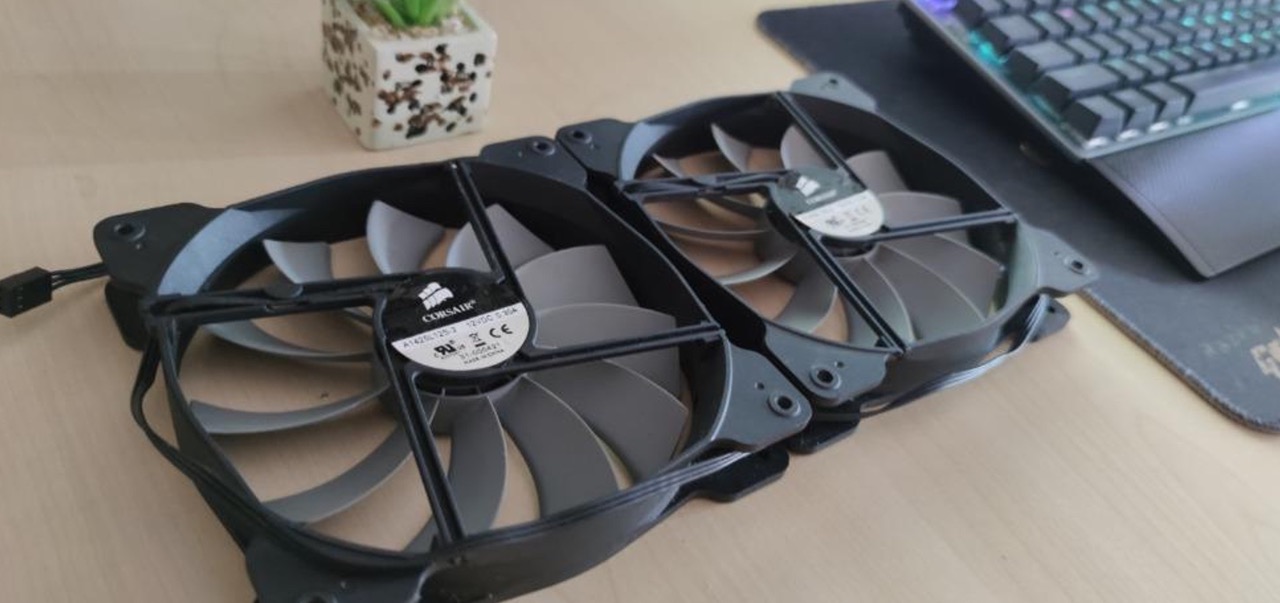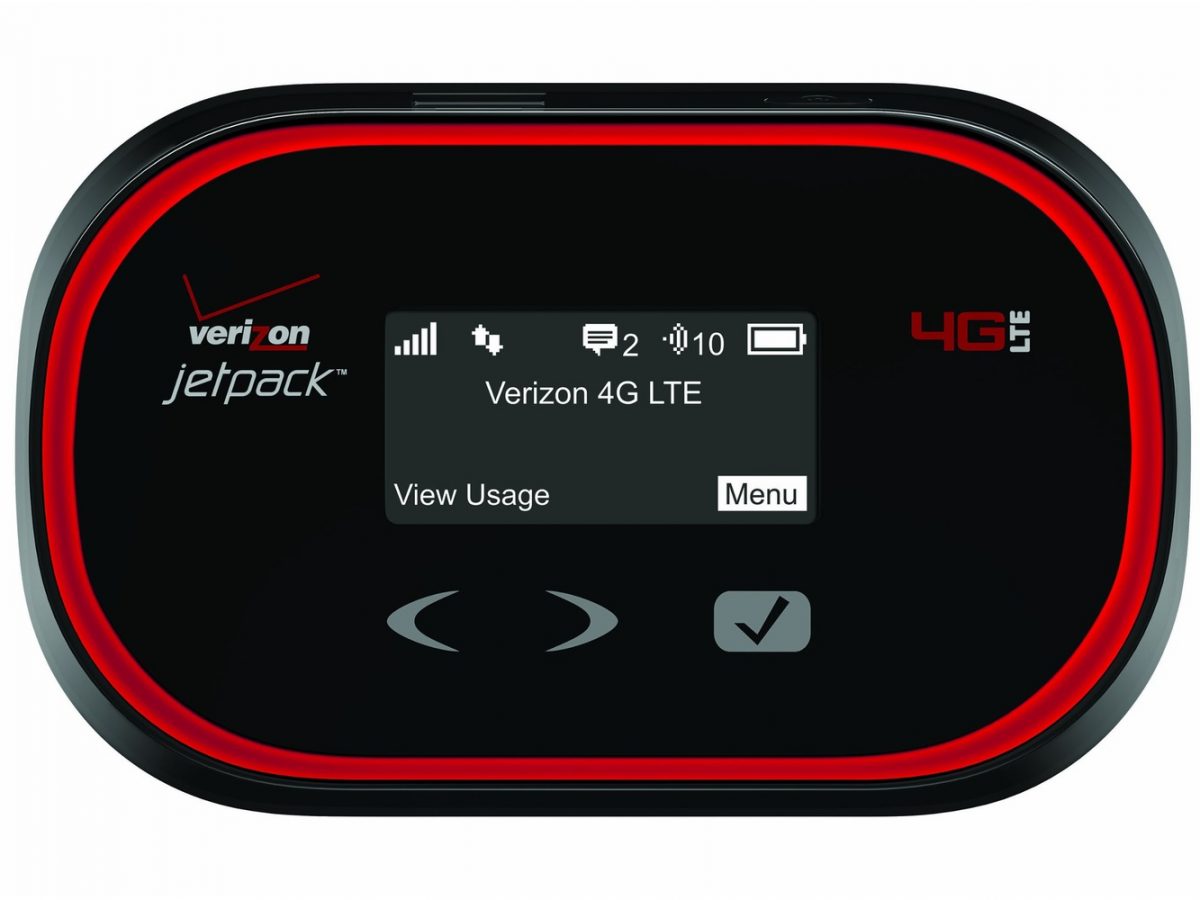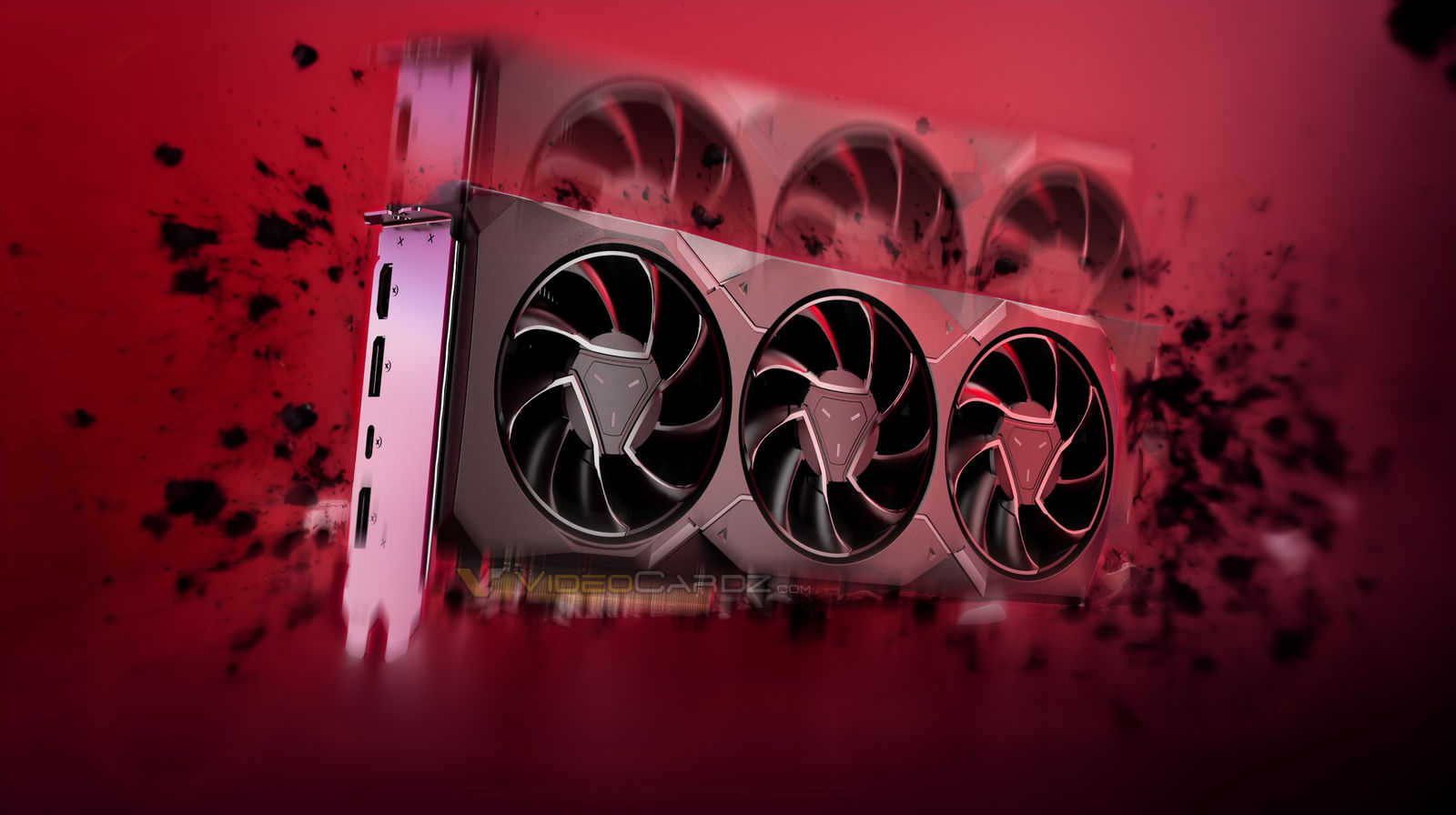Introduction
Hotspots are an essential component of modern technology, providing convenient access to the internet on the go. Whether you're a frequent traveler, a remote worker, or simply in need of a reliable internet connection outside of your home or office, hotspots serve as a lifeline in our increasingly connected world.
Understanding the factors that influence the lifespan of a hotspot is crucial for maximizing its utility and ensuring a seamless online experience. From the hardware and software components to environmental variables, there are various elements that can impact the longevity of a hotspot.
In this comprehensive guide, we will delve into the intricacies of hotspots, explore the key factors that affect their lifespan, and provide actionable tips for extending their longevity. By gaining insights into the inner workings of hotspots and implementing best practices, you can optimize the performance and durability of these invaluable devices. So, let's embark on this enlightening journey to unlock the secrets of hotspot lifespan and empower ourselves with the knowledge to make the most of these technological marvels.
Understanding Hotspots
Hotspots, often referred to as mobile hotspots or MiFi devices, are portable gadgets that enable users to connect to the internet wirelessly. They essentially function as miniature, self-contained Wi-Fi networks, allowing multiple devices to access the internet simultaneously. Hotspots are particularly valuable in situations where traditional wired internet connections are unavailable or impractical, such as during travel, outdoor events, or in remote work settings.
The core functionality of a hotspot revolves around its ability to leverage cellular data networks to establish an internet connection. This means that as long as there is cellular coverage in a given area, a hotspot can provide internet access to nearby devices, making it a versatile and reliable solution for staying connected on the go.
Hotspots come in various forms, including standalone devices, USB dongles, and even certain smartphones that can be configured to act as hotspots. They are equipped with built-in antennas and radios to transmit and receive data, and often feature intuitive interfaces for managing network settings and security protocols.
In terms of connectivity, hotspots can support a range of devices, including laptops, tablets, smartphones, and IoT (Internet of Things) gadgets. This versatility makes them indispensable for individuals and businesses alike, offering a convenient means of accessing the internet across diverse scenarios.
Understanding the fundamental principles behind hotspots is crucial for making informed decisions about their usage and maintenance. By grasping the role they play in facilitating wireless connectivity and the diverse contexts in which they are employed, users can harness the full potential of hotspots while appreciating their inherent limitations.
In the subsequent sections, we will delve deeper into the factors that influence the lifespan of hotspots, shedding light on the intricacies of their hardware, software, and environmental considerations. This comprehensive understanding will empower users to adopt proactive measures for extending the longevity of their hotspots and optimizing their performance.
Factors Affecting Hotspot Lifespan
The lifespan of a hotspot is influenced by a multitude of factors, encompassing both internal and external elements that can impact its performance and durability. Understanding these factors is essential for proactively managing and preserving the lifespan of a hotspot. Let's delve into the key determinants that play a pivotal role in shaping the longevity of these invaluable devices.
1. Hardware Quality and Maintenance
The quality of the hardware components within a hotspot significantly affects its lifespan. High-quality components, including the processor, memory, and radio modules, are essential for ensuring reliable performance over an extended period. Additionally, regular maintenance, such as cleaning the device and ensuring proper ventilation, can mitigate the risk of hardware degradation and prolong the lifespan of the hotspot.
2. Battery Health and Management
As hotspots are typically powered by internal batteries, the health and management of these power sources are critical for their longevity. Factors such as battery capacity, charging cycles, and temperature management can impact the overall lifespan of the hotspot. Employing best practices for battery maintenance, such as avoiding deep discharges and extreme temperatures, can contribute to prolonged battery life and, consequently, the overall lifespan of the device.
3. Software Updates and Compatibility
The software running on a hotspot, including the firmware and operating system, plays a vital role in its performance and security. Regular software updates, provided by the manufacturer, not only enhance functionality but also address potential vulnerabilities and improve compatibility with evolving network technologies. Keeping the hotspot's software up to date is essential for ensuring optimal performance and safeguarding its longevity.
4. Environmental Conditions
The environmental conditions in which a hotspot operates can significantly impact its lifespan. Exposure to extreme temperatures, moisture, dust, and physical shocks can accelerate wear and tear on the device, potentially leading to premature failure. Protecting the hotspot from adverse environmental factors and ensuring it operates within recommended temperature and humidity ranges are crucial for preserving its lifespan.
5. Network Usage Patterns
The manner in which a hotspot is utilized can also influence its lifespan. Continuous, high-demand usage, such as streaming high-definition videos or large file downloads, can place a strain on the device's components and contribute to accelerated wear. Monitoring and optimizing network usage patterns, such as limiting bandwidth-intensive activities when possible, can mitigate undue strain on the hotspot and contribute to prolonged longevity.
By comprehending the multifaceted factors that impact the lifespan of hotspots, users can adopt a proactive approach to device management, thereby optimizing their performance and durability. In the subsequent section, we will explore actionable tips for extending the lifespan of hotspots, empowering users to maximize the utility of these indispensable devices.
Tips for Extending Hotspot Lifespan
-
Regular Maintenance and Cleaning: Periodically clean the hotspot device to prevent dust and debris from accumulating, which can obstruct ventilation and lead to overheating. Use a soft, dry cloth to gently wipe the exterior of the device and its ports, ensuring that no moisture enters the internal components.
-
Optimal Battery Management: Avoid exposing the hotspot to extreme temperatures, as this can degrade the battery performance and shorten its lifespan. Additionally, refrain from fully discharging the battery frequently, and aim to keep it within the recommended charge levels to preserve its longevity.
-
Firmware and Software Updates: Stay vigilant about installing the latest firmware and software updates provided by the manufacturer. These updates not only introduce new features and enhancements but also address potential security vulnerabilities and ensure compatibility with evolving network technologies.
-
Environmental Protection: Shield the hotspot from harsh environmental conditions, such as excessive heat, cold, moisture, and physical impact. When not in use, store the device in a protective case or pouch to safeguard it from potential damage.
-
Optimized Network Usage: Monitor and regulate the usage patterns of the hotspot to minimize undue strain on its components. Avoid continuous, high-bandwidth activities when not essential, and prioritize efficient network utilization to reduce wear on the device.
-
Proper Ventilation: Ensure that the hotspot device has ample ventilation to dissipate heat effectively. Avoid covering the device with materials that impede airflow, and position it in well-ventilated areas to prevent overheating.
-
Power Off When Not in Use: When the hotspot is not in use, power it off to conserve battery life and reduce unnecessary wear on its components. This practice can contribute to prolonging the overall lifespan of the device.
-
Physical Protection: Invest in a durable carrying case or protective sleeve for the hotspot to shield it from physical damage during transportation and everyday usage. This simple measure can significantly extend the lifespan of the device.
By implementing these proactive measures and incorporating them into your routine hotspot maintenance, you can effectively extend the lifespan of the device and optimize its performance over the long term. Prioritizing the care and maintenance of your hotspot will ensure that it continues to serve as a reliable source of wireless connectivity, enhancing your productivity and connectivity in various settings.
Conclusion
In conclusion, the lifespan of a hotspot is influenced by a myriad of factors, ranging from the quality of its hardware components to the environmental conditions in which it operates. By comprehensively understanding these determinants and implementing proactive measures, users can effectively extend the longevity of their hotspots and optimize their performance over time.
It is essential for hotspot users to prioritize regular maintenance and cleaning, as this can prevent the accumulation of dust and debris, which may impede ventilation and lead to overheating. Additionally, optimal battery management, including avoiding extreme temperatures and adhering to recommended charging practices, is crucial for preserving the health and longevity of the device's power source.
Staying vigilant about firmware and software updates is paramount, as these updates not only introduce new features but also address potential security vulnerabilities and ensure compatibility with evolving network technologies. Furthermore, protecting the hotspot from harsh environmental conditions, such as excessive heat, cold, moisture, and physical impact, is imperative for safeguarding its longevity.
Monitoring and regulating the usage patterns of the hotspot to minimize undue strain on its components is essential, as continuous, high-bandwidth activities can accelerate wear and contribute to premature failure. Ensuring proper ventilation and powering off the device when not in use are simple yet effective practices that can significantly contribute to extending its lifespan.
By incorporating these tips into their routine hotspot maintenance, users can foster a culture of care and preservation, ensuring that their hotspots continue to serve as reliable sources of wireless connectivity in diverse settings. Ultimately, by understanding the intricacies of hotspot lifespan and adopting proactive measures, users can maximize the utility of these invaluable devices and enjoy seamless connectivity for an extended duration.











